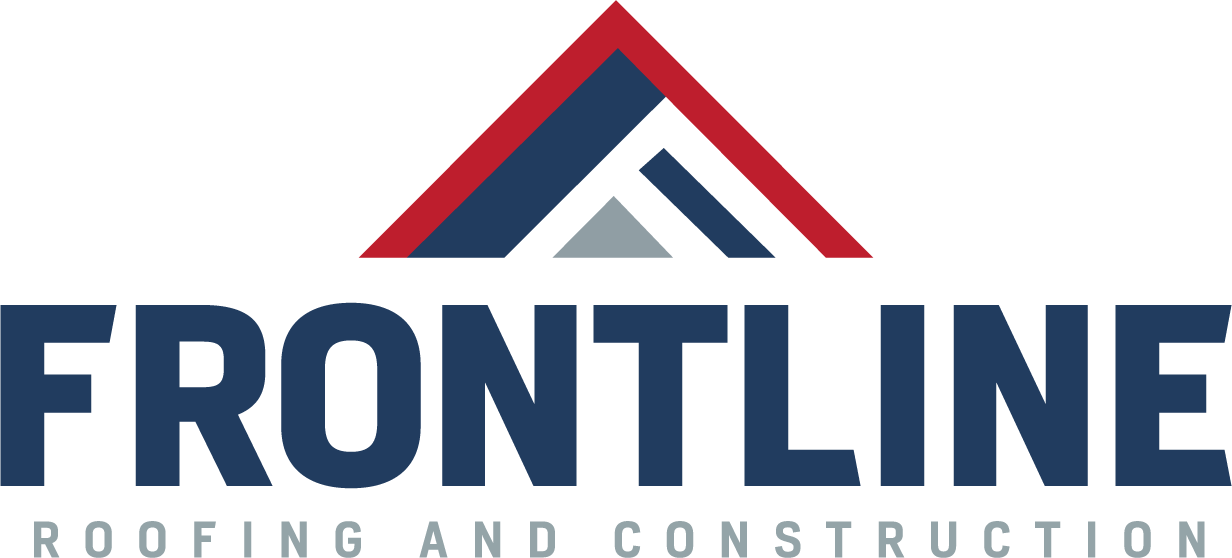Preparing Your Roof for Severe Weather: A Homeowner’s Checklist
Severe weather doesn't always give you a warning. One minute it's a peaceful afternoon, and the next, dark clouds are rolling in with heavy winds, hail, or torrential rain. Your roof is your home's first line of defense against nature's wrath. Yet many homeowners only think about it after a storm has passed and the damage is done.
Don’t wait for disaster to strike. With a little planning and the right approach, you can reduce the risk of costly repairs and keep your home safe. Here’s a comprehensive checklist to prepare your roof for severe weather and a few reasons why Frontline Roofing & Construction should be your go-to expert for help.
1. Schedule a Professional Roof Inspection
Before the storm season hits, call in a professional to perform a thorough roof inspection. While you can spot some obvious issues yourself, pros know where to look for hidden vulnerabilities. They’ll check for:
Cracked, curling, or missing shingles
Rusted or loose flashing around vents and chimneys
Soft spots or sagging areas
Clogged gutters and poor drainage
At Frontline Roofing & Construction, our expert team uses a detailed checklist to catch even the smallest red flags before they become major problems.
2. Check and Clean Gutters and Downspouts
Gutters that are clogged or broken can lead to serious water damage. Heavy rain from a storm has to go somewhere, and if it can’t flow through your gutters, it may back up under your roofline or pool around your foundation.
Make sure your gutters are:
Free of leaves, debris, and nests
Properly sloped to guide water
Firmly attached to your home
Connected to downspouts that carry water at least 3 feet away from your foundation
3. Inspect Shingles and Flashing
Shingles are often the first casualty in high winds or hailstorms. Walk around your home and visually inspect the roof:
Are any shingles missing, cracked, or curled?
Are granules piling up in your gutters (a sign of aging shingles)?
Is the flashing tightly sealed and rust-free?
Flashing, especially around roof penetrations, is a common weak spot. If it lifts or corrodes, water can seep through and cause leaks. Catching these early can save you from extensive damage.
4. Secure Loose Items Around the Roof
Loose satellite dishes, old antennas, or even holiday decorations can become airborne during a storm, potentially damaging your roof or your neighbor’s property. Make sure these items are either securely fastened or removed altogether.
5. Check Your Attic
The attic can offer early signs of roof issues that you might miss from the outside. Look for:
Water stains or damp insulation
Mold or mildew (indicators of past or current leaks)
Proper ventilation (to reduce condensation and heat buildup)
A well-ventilated and insulated attic can also help your roof perform better under extreme temperatures.
6. Review Your Homeowner's Insurance
Now is a great time to review your policy to make sure you understand what's covered. Document the current state of your roof with photos in case you need to file a claim later.
Keep your insurance information in an accessible, waterproof container, and make a list of emergency contacts, including Frontline Roofing & Construction.
7. Trim Overhanging Trees
Falling branches are a top cause of roof damage in storms. If you have large trees near your home:
Trim back any limbs that hang over your roof
Remove dead or weakened trees entirely
Schedule regular tree maintenance with a certified arborist
8. Create a Post-Storm Plan
Even with preparation, damage can still occur. Prepare a post-storm checklist that includes:
Visual roof inspection (only when safe)
Calling Frontline Roofing & Construction for a damage assessment
Taking photos of any visible damage
Contacting your insurance provider
9. Consider Roof Reinforcements
If your roof is older or you live in a storm-prone area, consider:
Installing storm straps or clips to secure the roof to the home
Upgrading to impact-resistant shingles
Applying waterproof underlayment beneath shingles for added protection
Ask Frontline Roofing & Construction about options tailored to your region and budget.
Why Trust Frontline Roofing & Construction?
Frontline Roofing & Construction is more than a service provider, we’re your partner in protecting what matters most. With years of experience and a commitment to quality, we help homeowners prepare for the worst so they can feel confident all year long.
Free estimates and roof inspections
Emergency repair services
Fully licensed and insured
Locally owned and trusted
We believe prevention is the best protection, and we’re here to make that process easier for you.
Final Thoughts
The weather may be unpredictable, but your preparedness doesn’t have to be. With this checklist, you can significantly reduce your risk of roof damage during severe weather. More importantly, you gain peace of mind knowing your home is protected.
Ready to storm-proof your roof? Contact Frontline Roofing & Construction today for a free inspection and expert advice tailored to your home. Don’t wait until it’s too late, let us help you stay one step ahead of the storm.


